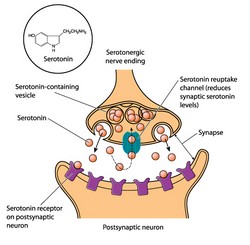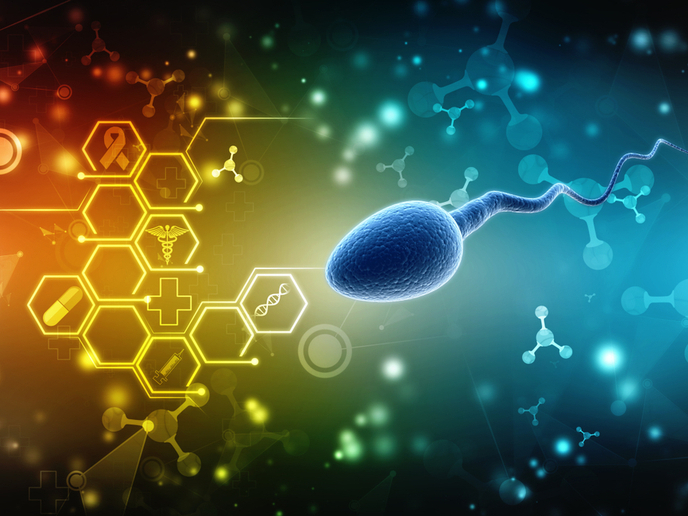Development of serotonergic neurons
Serotonergic dysfunction underlies several pathological conditions such as depression, bipolar disorder, schizophrenia and anorexia. Serotonin-related mental disorders (SRMDs) are multigenic, which makes the identification of these mechanisms a very difficult task. Understanding the molecular mechanisms that generate serotonergic neurons is necessary for identifying the mutations that would predispose to an SRMD. Little is known about the genetic programme that regulates 5HT differentiation in organisms. The EU-funded SEROTONIN (Dissecting the gene regulatory mechanisms that generate serotonergic neurons) project used a multidisciplinary approach to study the transcriptional mechanisms that generate serotonergic neurons. Serotonergic neurons are very ancient, and enzymes and transporters responsible for the production of 5HT are evolutionarily conserved. The scientists took advantage of this phylogenetic conservation and used the simple model roundworm Caenorhabditis elegans to identify the transcription factors (TFs) required for activation of the serotonergic pathway genes. The C. elegans nervous system has 302 neurons, while the serotonergic system consists of 3 pairs of different classes of neurons: the NSM, the ADF and the HSN neurons. Although all subtypes express the 5HT pathway genes, the rest of their transcriptomes and functions are very different (NSM is a neurosecretory neuron, ADF is a chemosensory neuron and HSN is a motor neuron). Project results uncovered a modular organisation of transcription with independent activation of cis-regulatory modules to start expression of the 5HT pathway. Next, researchers aimed to determine the terminal selector codes responsible for activation of the 5HT pathway genes in each 5HT neuron subclass. They identified a combination of two TFs, the Lim homeodomain TF TTX-3 and the POU homeodomain UNC-86, required for correct differentiation of the NSM neuron. Combination of cis-regulatory analysis and mutant analysis resulted in discovery of seven different TFs that act directly on the regulatory modules of the 5HT pathway genes in the HSN. In conclusion, project results demonstrated complex regulation by at least seven different TFs, from different TF families, that are required to regulate expression of serotonergic neuronal features. The success of this project leads to identification of the fundamental regulatory mechanisms of serotonergic neurons.







